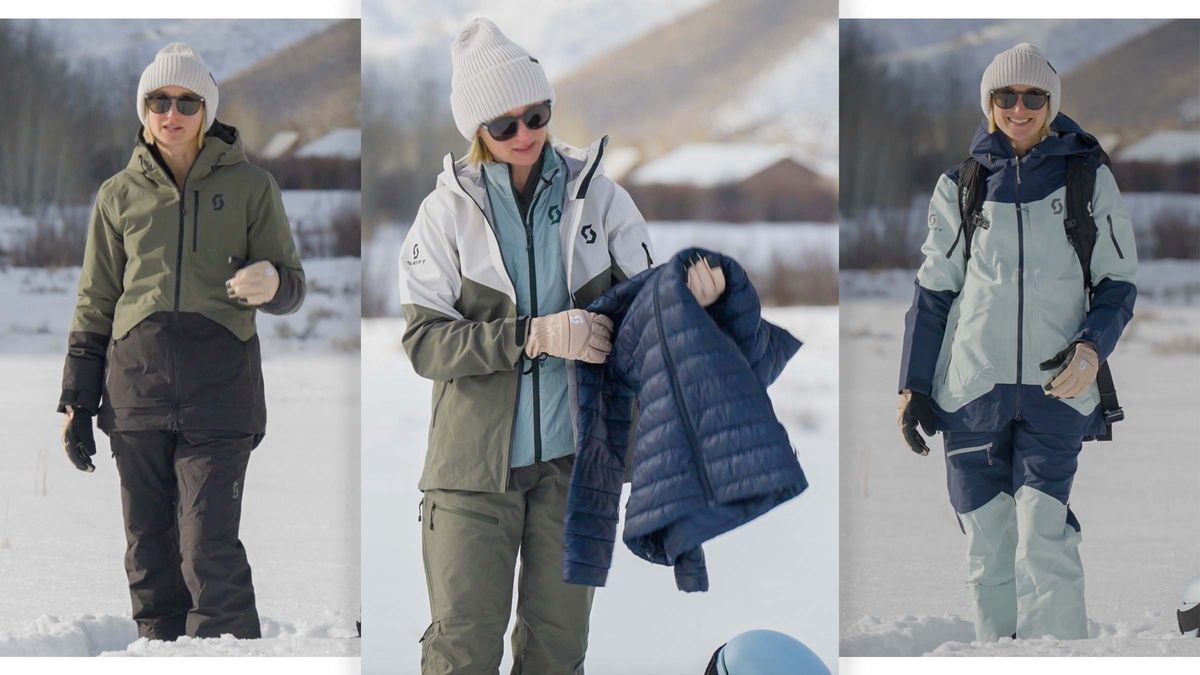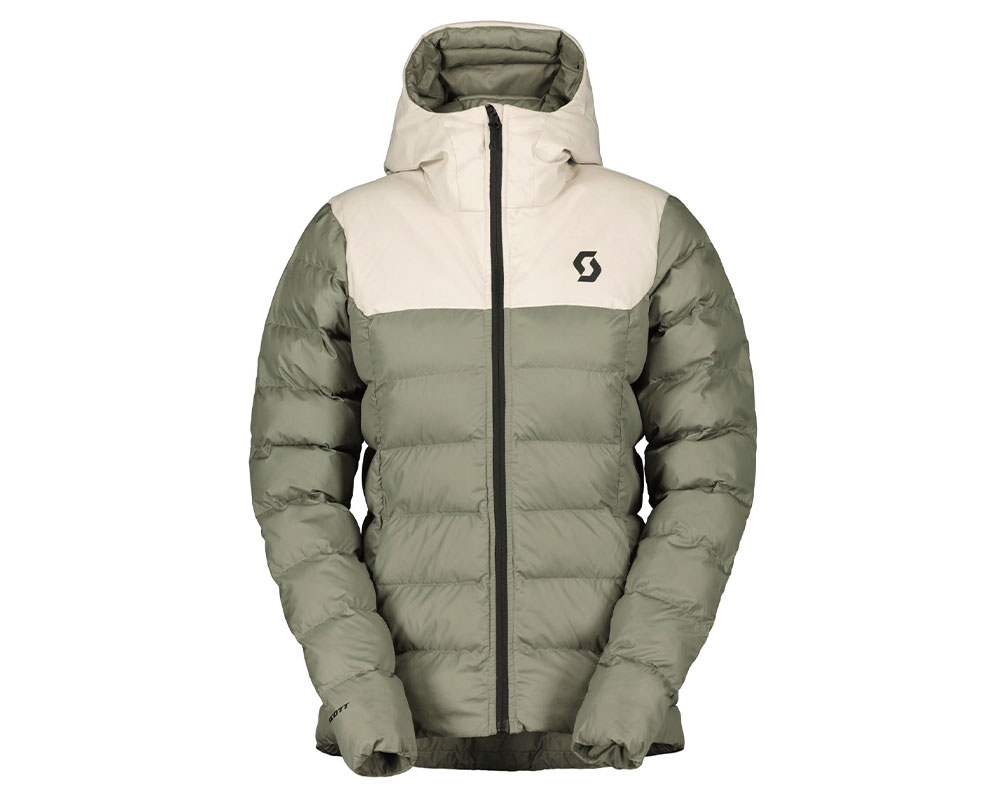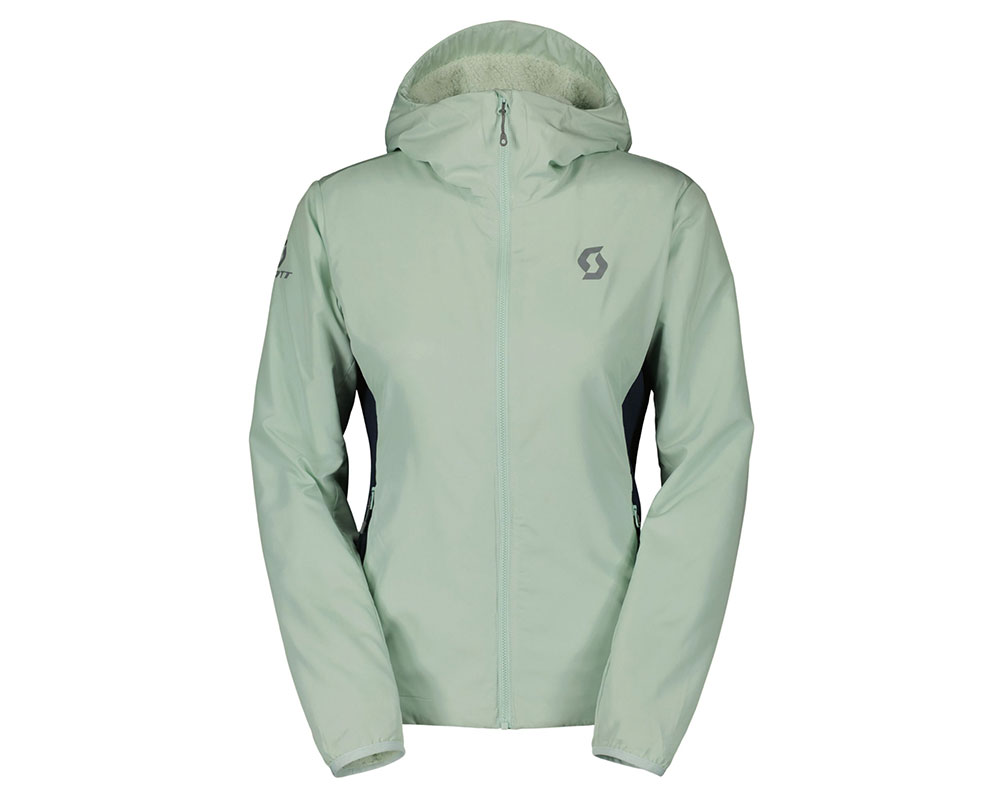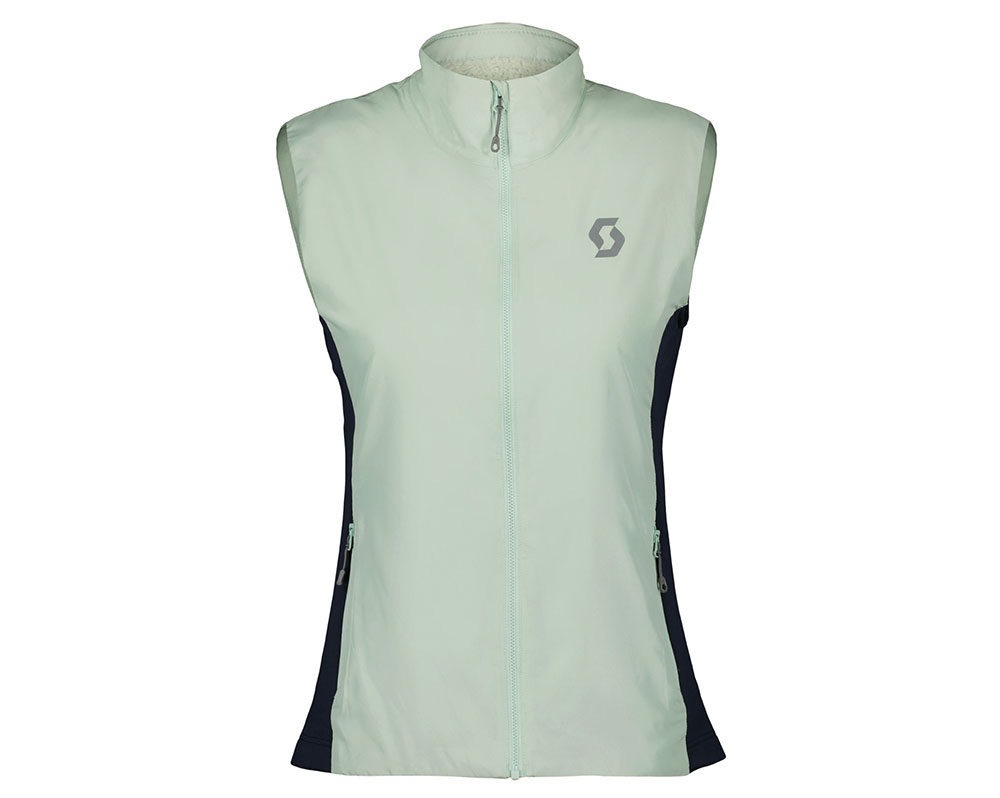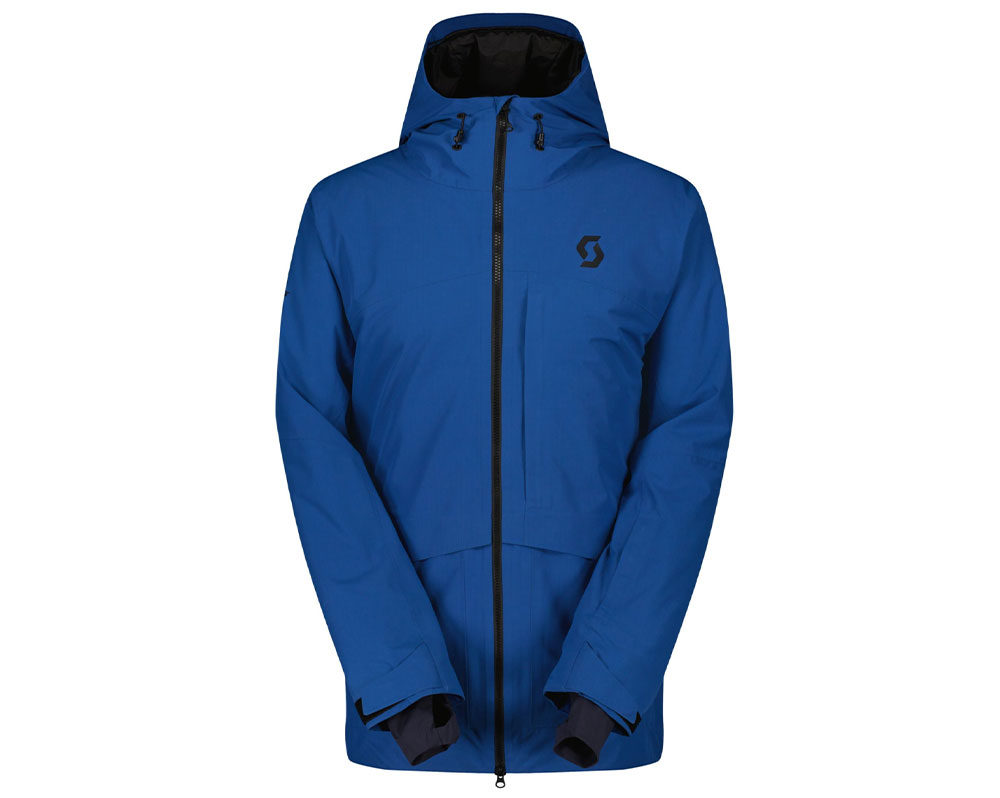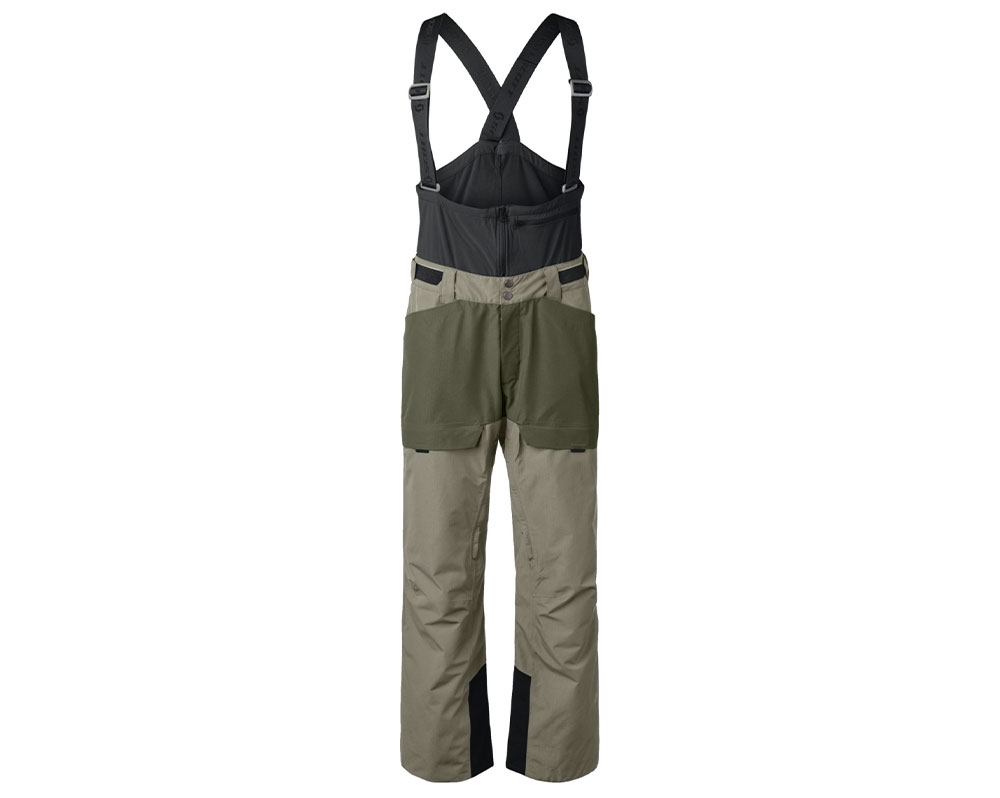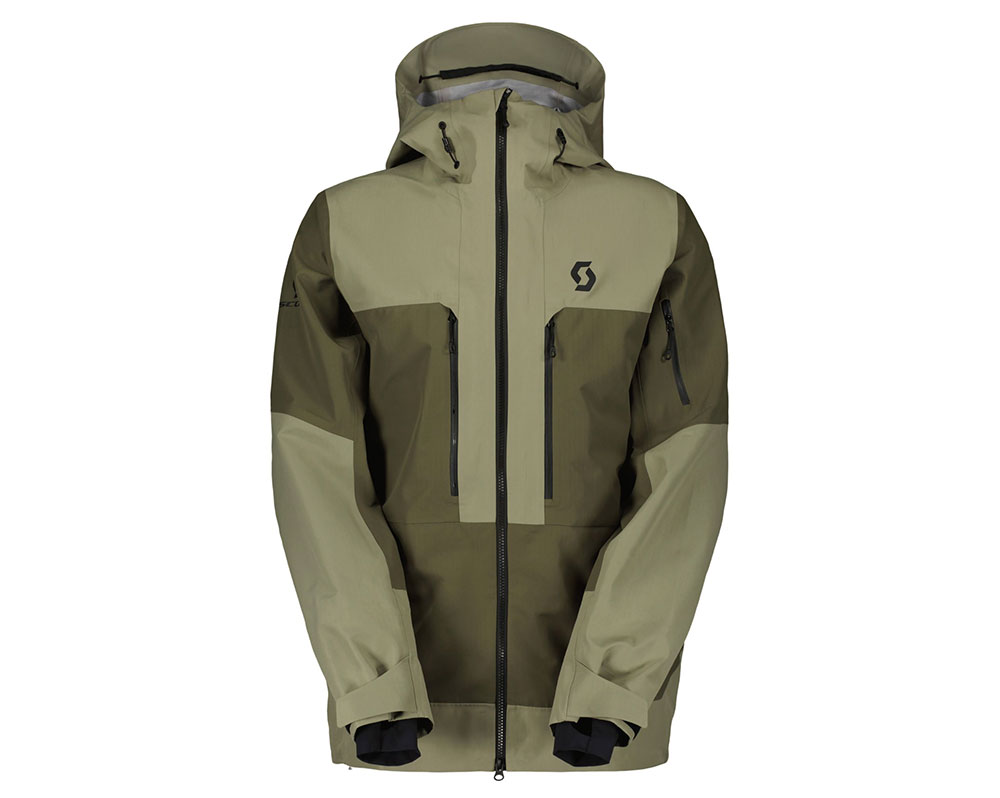Winter Layering Guide
Guide: Layering For Skiing, Ski Touring, and Everything In Between
Cold winds, driving snow, sun, clouds, and then sun again — skiers endure some of the most extreme conditions. And to the person, every skier would say it’s worth it for first tracks, blower powder, high-speed corduroy, and any of the many variations on the sport they love.
Here’s the caveat: If you can dress correctly, you’ll get the payoff, no matter what winter weather awaits.
Watch SCOTT Athlete McKenna Peterson share her go-to winter outfits for every adventure. From layering techniques to essential gear choices, McKenna breaks down how to stay comfortable and perform your best in cold weather. Explore the perfect combinations for freeriding, ski touring, and beyond!
In the guide below, we’ll explain the fundamentals of layering for skiing. There is an art and a science to picking the right base layers, insulation layers, and shells. Plus, there are a variety of skiing styles like touring, freeride, or resort. All of that will impact your decision-making as you dress for skiing.
Zip up and read on for your guide to staying warm on the slopes and cool in the skin track.
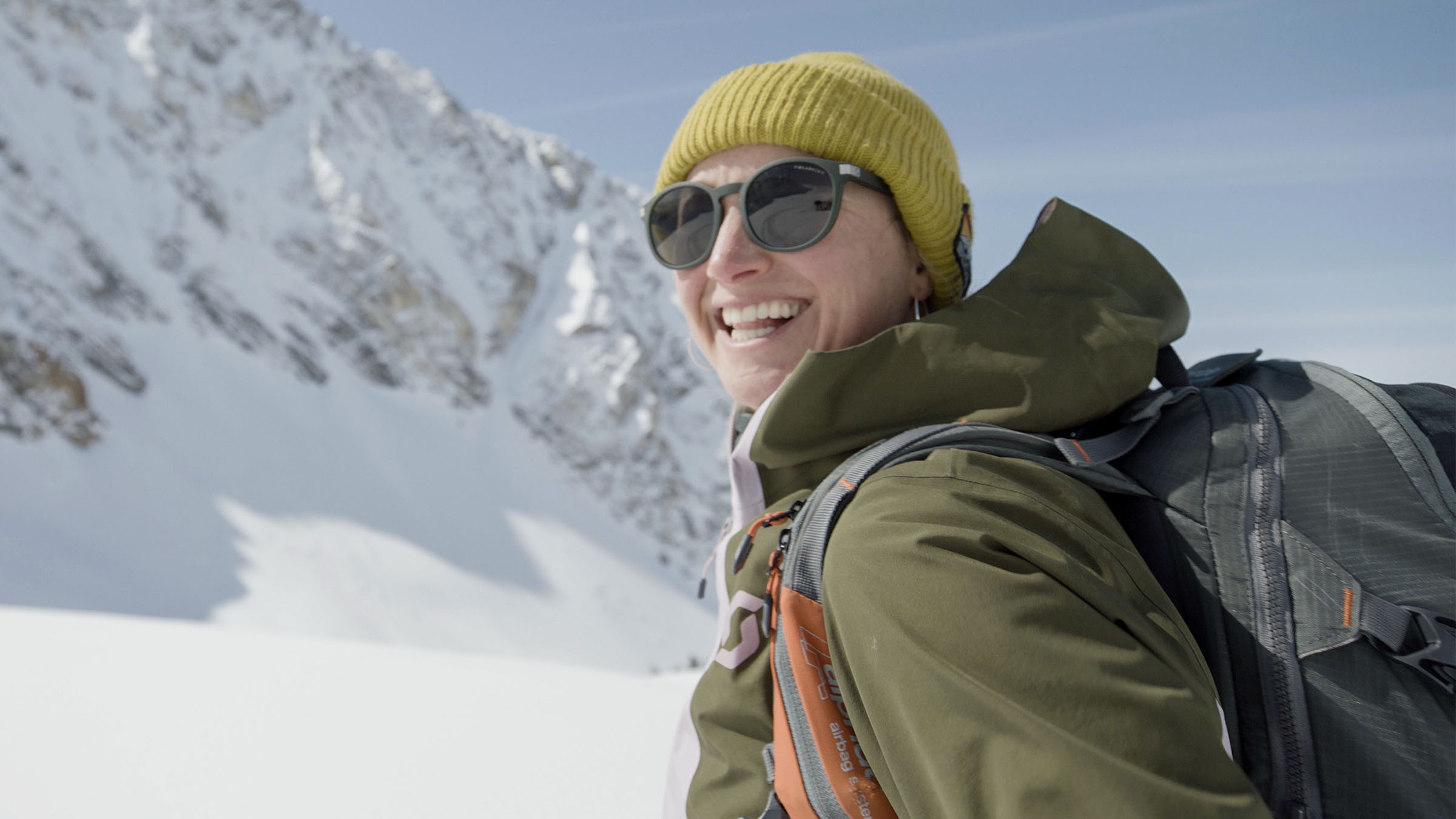
How Does Layering Work For Skiers?
Layering lets you fine-tune your kit depending on the forecast and your activity. It also allows you to adjust throughout the day by removing or adding layers.
To stay comfortable on the mountain, it’s not as simple as picking the right jacket. Imagine your ski clothing as a system of multiple garments that work as one to regulate your body temperature, insulate, block wind or precipitation, and breathe as you heat up.
Start with your base layer, which is worn against your skin. This layer can wick sweat, insulate, and breathe, depending on the material and its thickness. In deep winter, you’ll probably wear a long-sleeve base layer top and tights on your legs. But for spring skiing, a short-sleeve base layer could be all you need.
While the base layer has some insulative properties, it’s not enough for a cold day on the mountain. Next, you’ll want a layer that provides heavier insulation, like a Primaloft garment. This layer traps your body heat so you don’t get cold, especially on a chairlift or while ripping skins at the top of a shot. Insulation might have some breathability features, depending on its application. Some skiers prefer long-sleeve, while others might opt for a vest on warm ski tours.
Finally, a jacket and pants are your outer layer, your armor against snow, wind, and any other elements you’ll encounter. It’s essential that your ski jacket and pants are windproof and waterproof. But at the same time, this outer layer should afford ample range of motion. For ski touring, a shell is often breathable or packable. Many shells also offer zipper vents to quickly cool you off and, of course, pockets for all of your essentials.
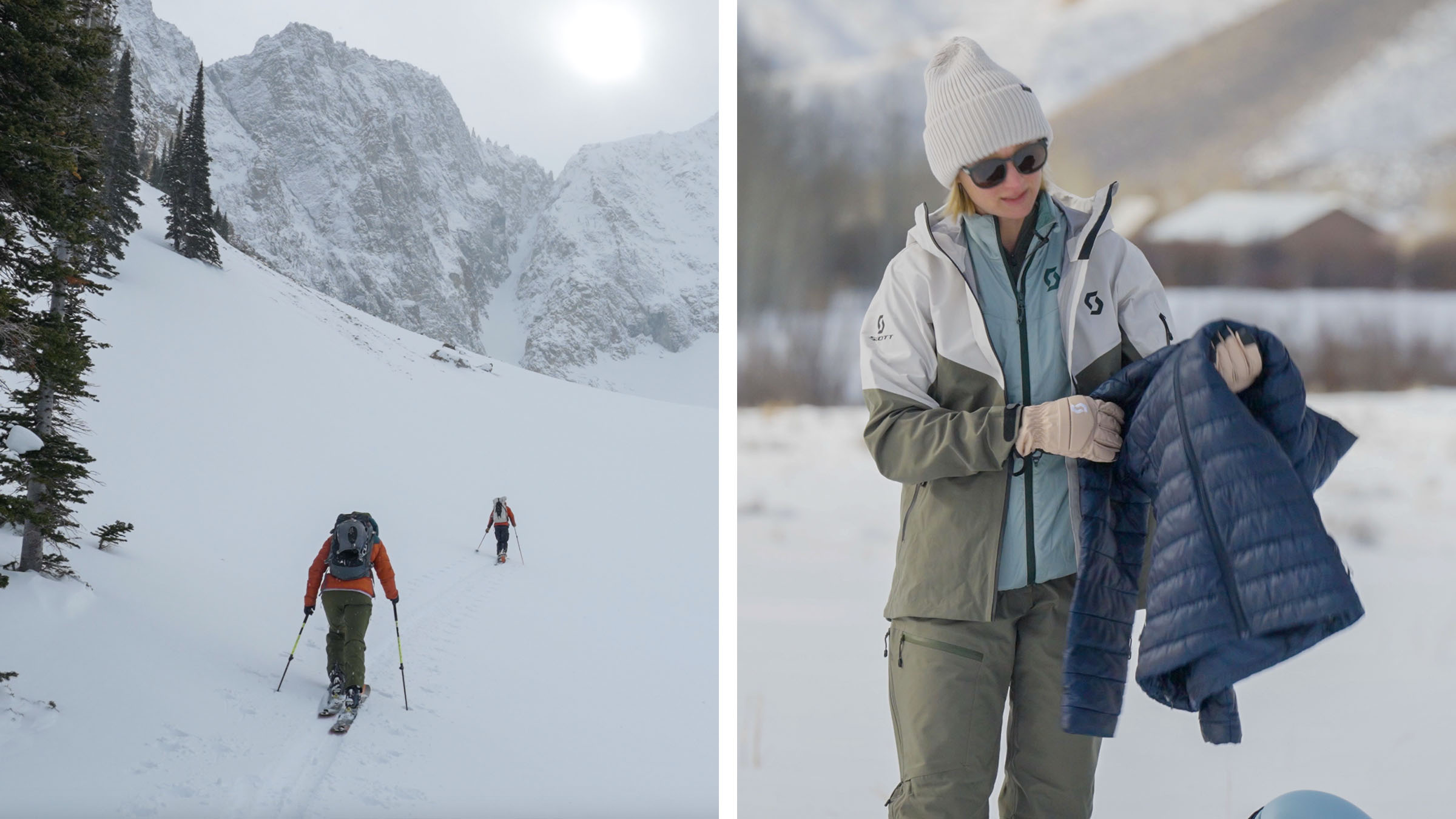
What Should You Wear For Ski Touring?
You’ll want apparel that is light and breathable enough for the climb up the skin track while still offering enough insulation and wind-blocking for warmth.
Backcountry skiing is a bit like a pool party with a black-tie dress code — it’s tough to dress right for every part of the day. On the ascent, you could find yourself sweating through your baselayer on a sunny skin track. When you’re transitioning to descend or making turns, things get cold quickly.
On many days, a vest like the Insuloft Air Primaloft Vest can provide the right amount of insulation to keep you comfortable. Paired with Explorair 3L Jacket and Pants, you have a lightweight, breathable layering system. The jacket is extremely packable, if you choose to remove it while ascending, but the material is breathable enough to wear all day in colder conditions and the pants won’t weigh you down.
It’s also wise to bring a puffy jacket in your bag, like the Insuloft Warm Jacket. Many backcountry skiers like to toss their puffy on over everything when they’re snacking at the top, even if they don’t keep it on for the descent. Even a few minutes standing around in the wind can chill a sweaty skier.
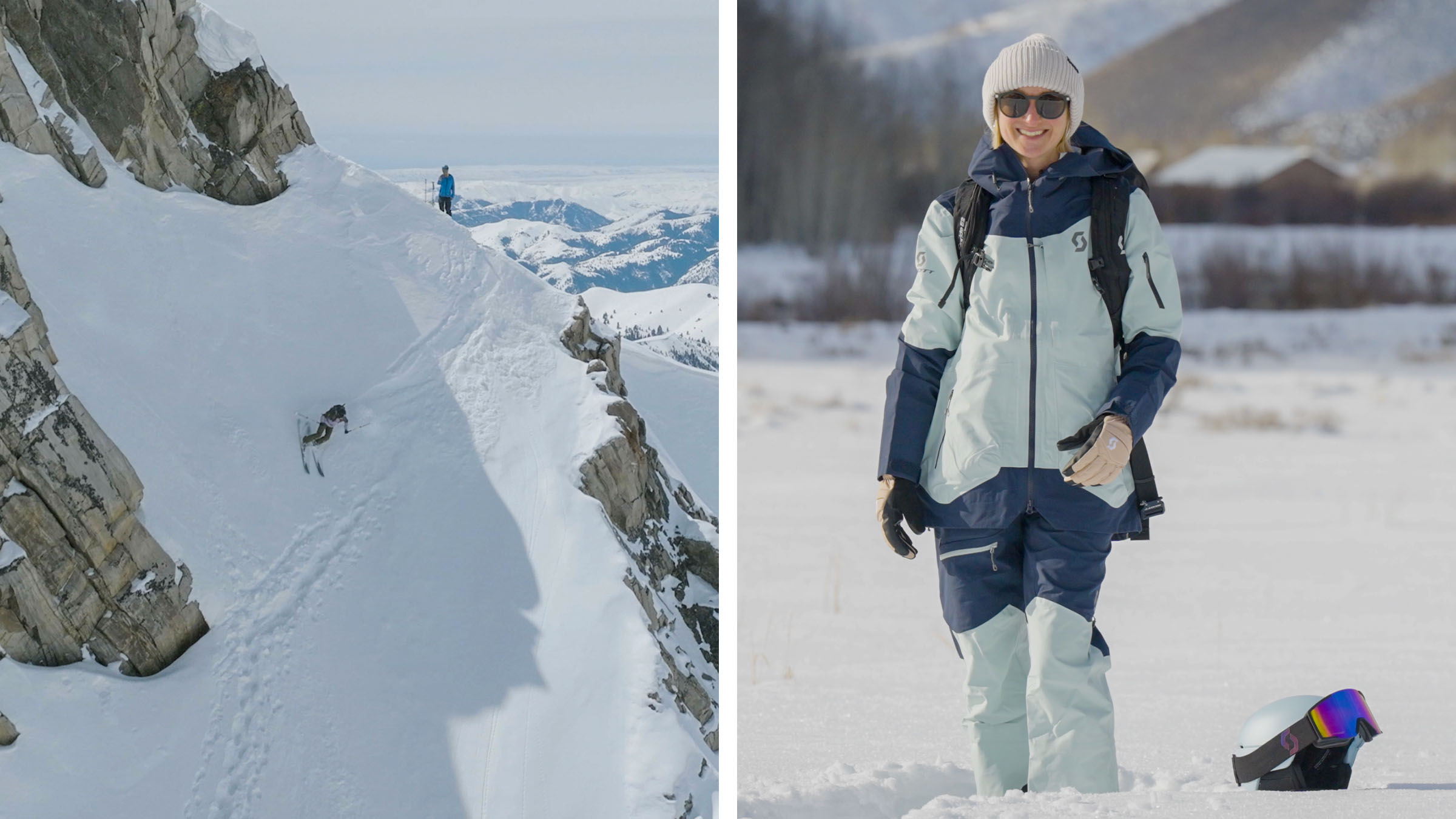
What Should You Wear For Freeride Skiing?
For freeride terrain like resort sidecountry, durable, well-insulated apparel is best for hard-charging skiers, but it has to be versatile enough to moderate your body heat.
Halfway between ski touring and resort skiing, freeride skiing requires apparel that is more rugged and warm without boxing you in on a hot boot-pack to the next couloir down the ridge.
Similar to a ski touring kit, an Insuloft Air Primaloft layer is ideal for warmth. However, in this case, we typically opt for a hoody, to insulate all the way down our arms for additional warmth. For even colder days, an Insuloft Warm Jacket could be a great layer to wear beneath your shell.
The best jacket and pants for freeride skiing will have a looser fit and excellent durability and waterproofing. The Vertic Ripstop 3L kit is our go-to shell layer for freeride skiing because it checks those boxes and has a number of key features like zipper vents, avalanche beacon pocket, a powder skirt on the jacket and gaiters on the bibs.
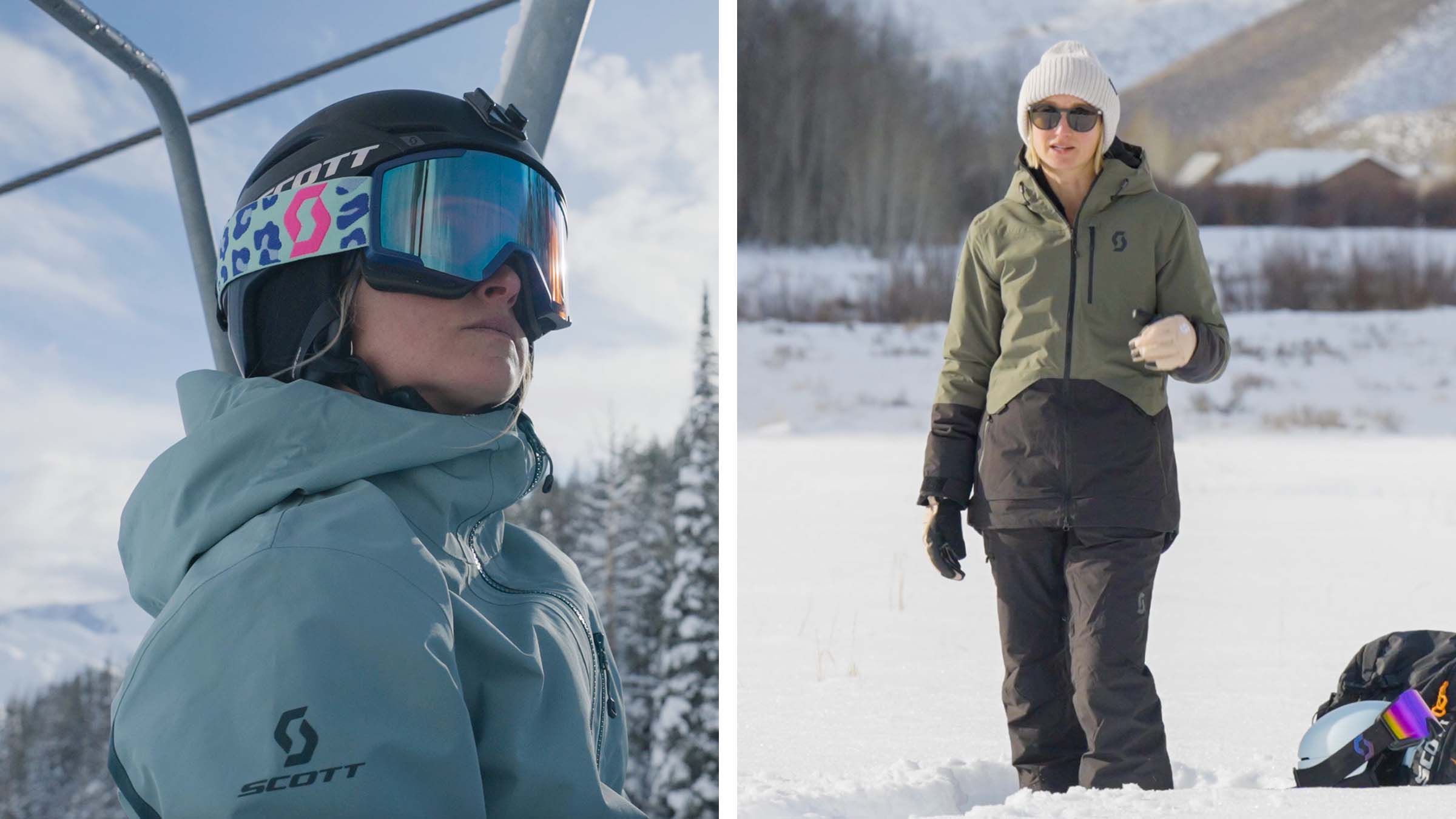
What Should You Wear For Resort Skiing?
At the resort, durable, waterproof, and well-insulated apparel is best. Warmth is your top priority, and sitting on a chairlift can put even the heaviest jackets and bibs to the test.
Fortunately, unless you’re ripping sweaty laps on the mogul runs, lift-serve skiing isn’t quite as difficult to dress for, compared to something like ski touring.
You’ll still want to wear a good baselayer for comfort and moisture wicking. Perhaps on the very coldest days, you would add a vest for extra insulation.
Beyond that, we reach for the Ultimate Dryo Ripstop Jacket and Pants. This kit has a ripstop waterproof shell with integrated insulation. Along with a variety of pockets, it has zippered vents for cooling off at the bottom of a hectic run. Between its durability, warmth, and relaxed fit, it’s all you need for a season of bell-to-bell laps.
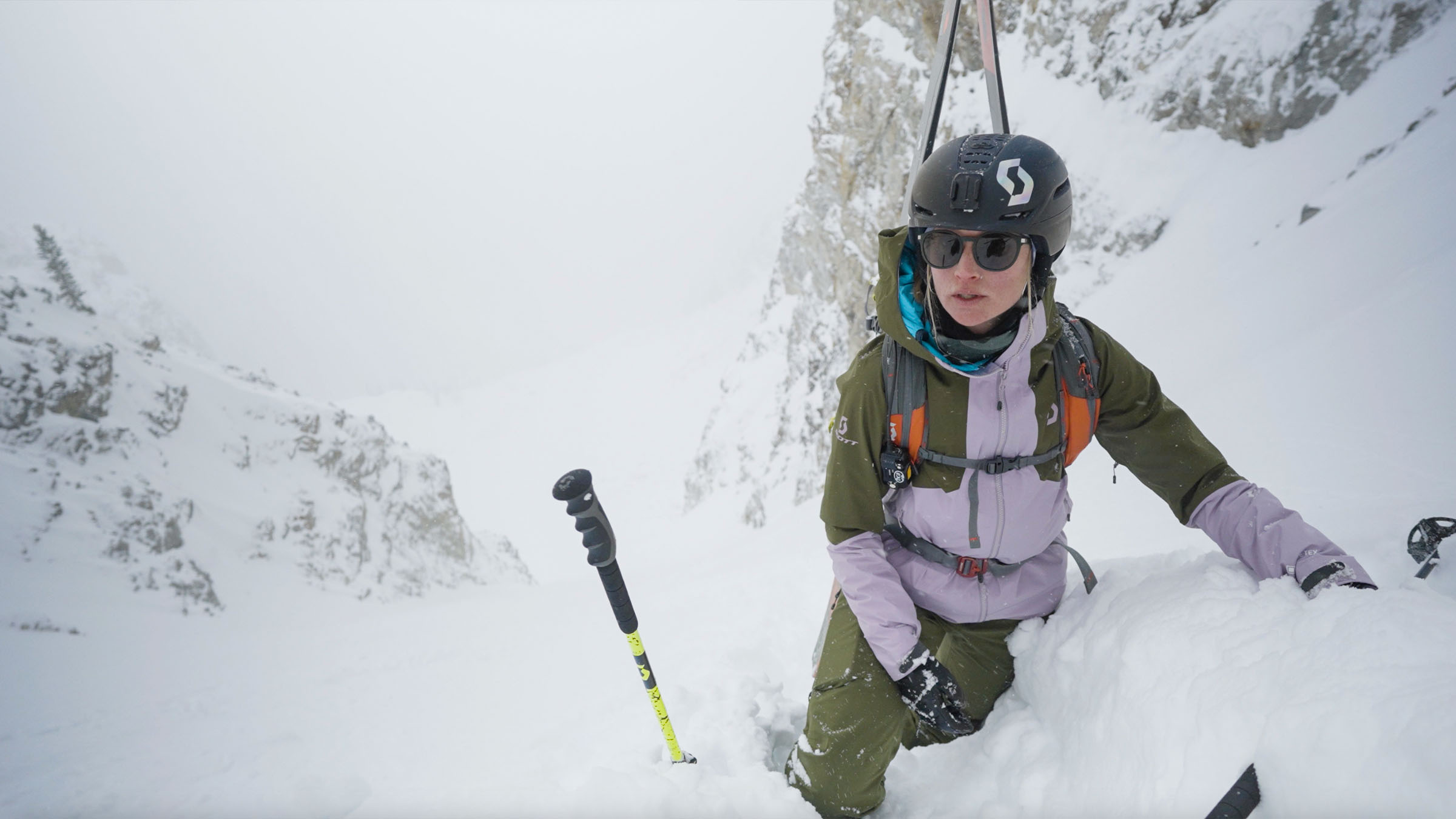
FAQ: Dressing To Ski
Q: How do I avoid overheating while touring?
A: Give yourself several options to fine-tune your layers for the ascent. If a cloud rolls in, you can pull on a slightly heavier long-sleeve, for example. Or, if it’s balmy, a headband instead of a thermal hat could be enough to cool you off.
Q: How do I stay warm on cold days?
A: It’s critical to keep your core warm, so consider an additional vest under your shell to manage frigid temps. The right accessories like heavy mittens and a thick neck gaiter also make a big difference.
Q: What’s the best way to carry extra layers while skiing?
A: If you have a pack for backcountry or freeride, that’s the easiest place to stow something like a packable puffy or a shell. At the resort, when you might not want a pack, jackets and pants with zipper ventilation really shine, because you can let some cool air inside without actually shedding your layers.
Q: Can I mix apparel between touring, freeride, and resort applications?
A: Of course! A beautiful spring day at the resort will be more comfortable with the lighter kit you might wear in the backcountry. If you’re weathering an extremely cold day, your heavy resort jacket might be best for freeride in the sidecountry.
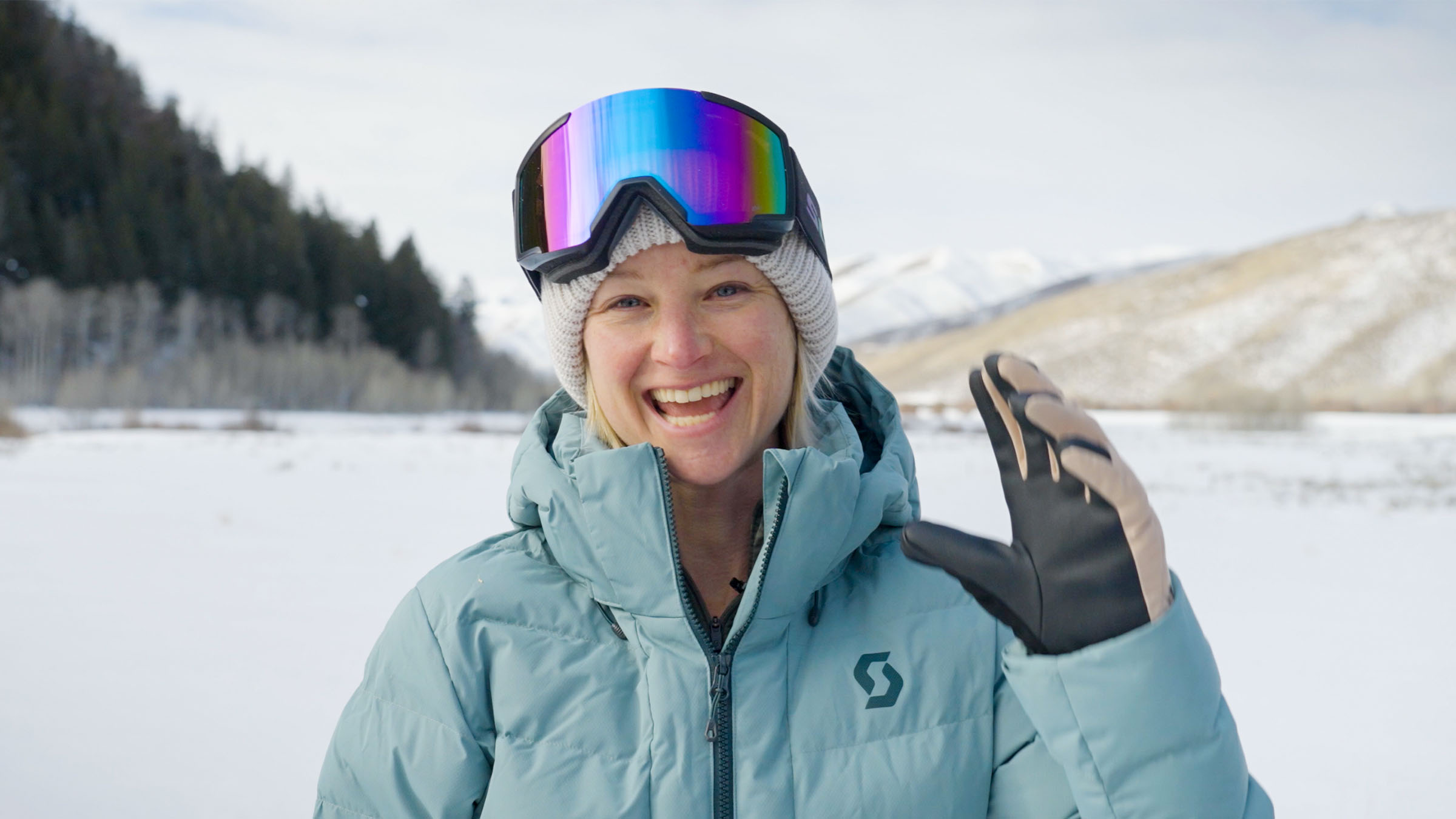
Conclusion: Finding the Right Layers For Skiing Takes Practice
Once you have the fundamentals, it’s a matter of practice to get your ski kit dialed for your region, skiing style, and personal preferences. For example, in a dry, cold place like Colorado or Wyoming, you’ll probably need to calibrate your layering differently than you would in a damper location like British Columbia. And some people naturally run a bit hotter or cooler than others, necessitating different layering strategies.
Bring a few options so you can try different layers throughout the day as you heat up or cool off. When it comes down to it, the only bad layer is the one you didn’t bring.

